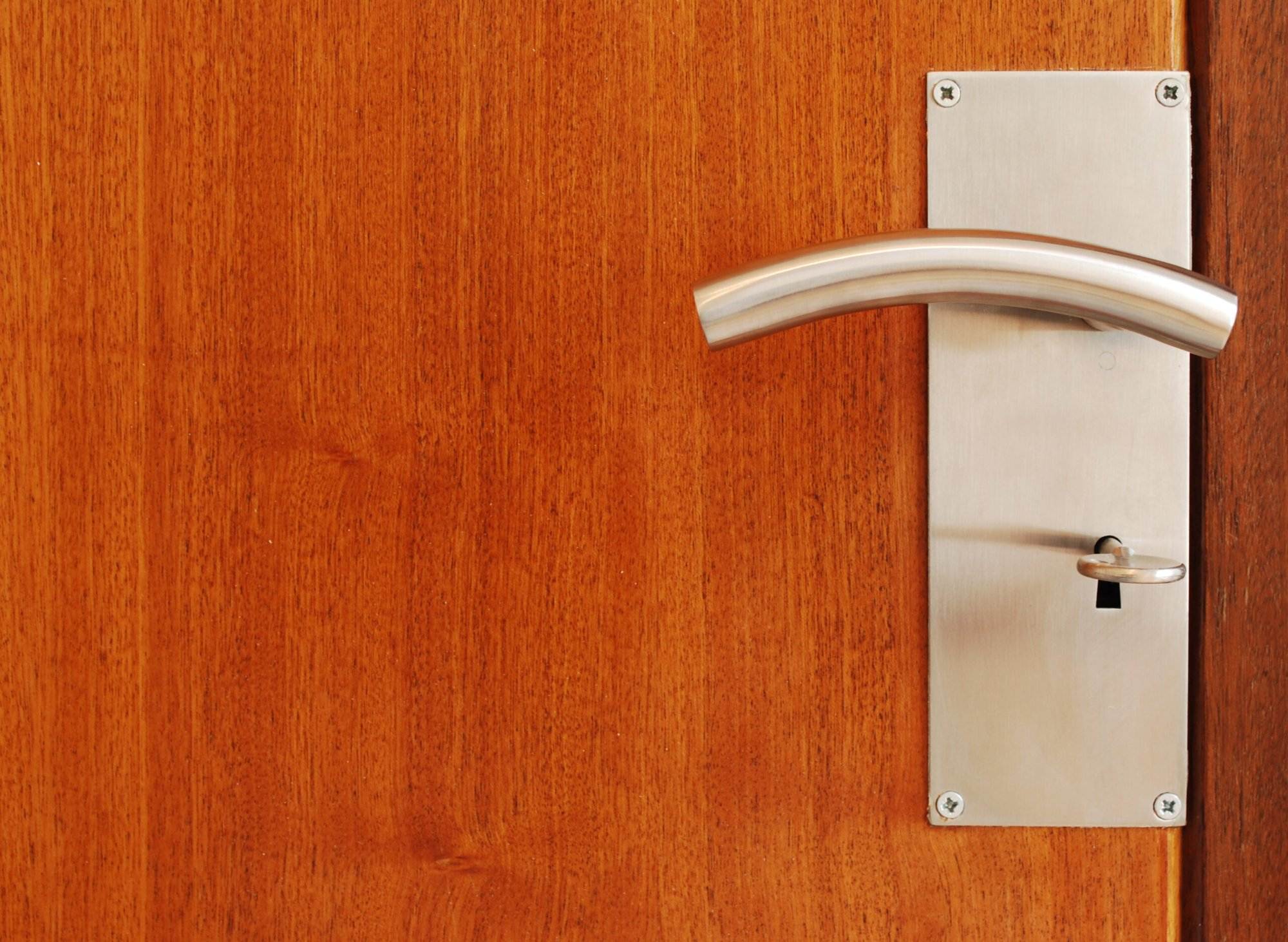Introduction to Cleaning with a Disability
Cleaning can be challenging for people with disabilities, but it’s essential to maintain a clean and healthy living space. Whether you have mobility issues or difficulty bending down, there are ways to make cleaning safer and more effective. In this article, we will discuss some tips on how to do just that.
Safety Tips for Cleaning with a Disability
The first step in cleaning safely is to assess your physical abilities and limitations. If you have trouble standing for long periods, consider using a stool or chair while cleaning. Make sure the area you’re working in has good lighting and clear pathways to avoid tripping hazards. It’s also important to use ergonomic tools and equipment to reduce strain on your body.
Adaptive Equipment and Tools for Cleaning
There are many adaptive tools available to help people with disabilities clean their homes effectively. For example, if you have limited grip strength, look for cleaning supplies with built-in handles or grips. Reachers and grabbers can also be useful for picking up items without having to bend over. Additionally, there are vacuums designed specifically for people with mobility impairments. These vacuums often come with attachments like extension wands and crevice tools to reach hard-to-clean areas.

Accessible Cleaning Routines
Developing an accessible cleaning routine involves breaking tasks into smaller steps and prioritizing what needs to be done most urgently. Start by focusing on high traffic areas like entryways and kitchen counters. Use a checklist to keep track of which tasks you’ve completed so you don’t forget anything. You may also want to enlist the help of a caregiver or family member to assist with heavy lifting or other difficult tasks.
Inclusive Cleaning Products and Supplies
When choosing cleaning products, opt for those that are fragrance-free and non-irritating. Avoid harsh chemicals that could cause skin irritation or respiratory problems. Look for environmentally friendly options that won’t harm pets or children. Some companies even offer scent-free laundry detergent and fabric softener for sensitive noses.
Conclusion: Maintaining an Accessible Home

Maintaining an accessible home requires planning, preparation, and attention to detail. By following these tips, you can create a safe and efficient cleaning routine that works for your individual needs. Remember to take breaks when necessary and ask for assistance when needed. With a little bit of effort, anyone can enjoy a clean and comfortable living space.

